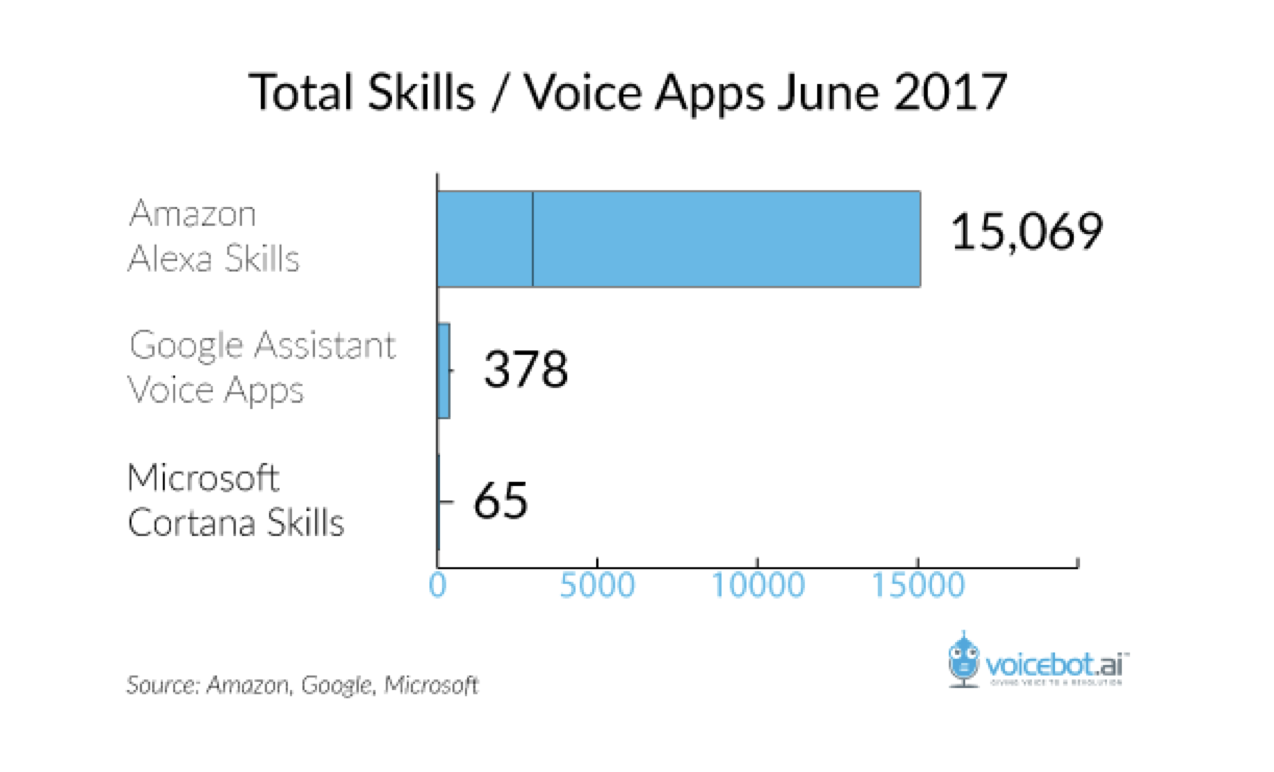New York—June 11, 2018—Entrepreneurs Roundtable Accelerator (ERA) today announced that it has selected 14 startups for its Summer 2018 class, which begins today. The companies selected to participate in the four-month program are innovating in a variety of significant industries, all with businesses primed to grow in New York City.
This is the Accelerator’s 15th program. ERA’s initial investment in participant companies is $100,000.
Agilis is a B2B commerce platform for the chemical distribution industry. We help consolidate the industry’s fragmented supply chain, drive sales growth, and bring efficiencies to an antiquated procurement, sales, and marketing process. Agilis provides chemical producers with the tools and analytics they need to manage and optimize this highly-complex value chain.
Airbud is a voice platform that allows enterprises to easily add voice capabilities to their websites and mobile apps. We allow customers to have two-way conversations that simplify their access to relevant information. Starting with healthcare, we enable organizations to better engage with their existing customers and reduce the cost of customer support.
Bikky is a customer engagement platform for restaurants. We integrate with ordering channels like GrubHub and DoorDash to consolidate customer data and provide a unified view of a restaurant’s delivery business. Restaurants use Bikky to build customer loyalty through automated marketing engagement.
Daivergent is a technology platform providing human intelligence to support development of AI products through our exceptional remote workforce: adults with autism. Our platform handles the assessment, training, and project management that enables this workforce to complete customer data tasks up to three times more accurate and faster than a typical person.
Ettitude is a direct-to-consumer bedding and homewares brand. Starting with bedding and sleepwear, we use the world’s first organic bamboo lyocell fabric to manufacture soft, cooling, odor-absorbent, and hypoallergenic products. We give our customers stylish, sustainable and ethically produced comfort for a fraction of the cost of silk and luxury cotton.
Maivino is a subscription service for high-quality wine specially packaged to stay fresh for six weeks after the first pour. We curate undiscovered wines and make them accessible and affordable for everyday enjoyment by sourcing directly from small-batch producers. We then ship them to customers in our proprietary bag packaging.
ProdPerfect is a platform that automatically builds, runs, and maintains quality assurance regression tests for web applications. We analyze live user traffic to build test cases from behavior patterns, giving engineering teams comprehensive testing coverage that continuously updates as new features are added.
Rocket Cloud is a software platform for building materials wholesalers. Our automation software provides a bridge to outdated legacy ERP systems, enabling our customers to sell their inventory on e-commerce marketplaces like Amazon, eBay, and Walmart for the first time. We then provide customers business intelligence tools to optimize online commerce performance.
Rubik is an investment analysis software platform for institutional real estate funds. Our technology screens an entire market in real-time and unlocks the best investment opportunities in single family homes. Rubik helps funds improve portfolio performance.
Theta is a cloud-based blueprint analysis and cost estimation tool for the construction industry. We use machine learning and image recognition to analyze blueprints and make them fully searchable by both text and images. Theta automates the estimation process, enabling developers and contractors to quickly price projects, replacing inefficient and error-prone manual processes.
Threshing Floor Security is a cybersecurity company. Our product integrates with the most widely-used enterprise security products, enabling security teams to find the alerts that matter in their network. We collect, aggregate, and analyze internet background noise, including authentication attempts, network scans, and web scrapers.
Triyo is a collaboration and project management platform for enterprises. We give teams in finance and other highly regulated environments a single, centralized overview to monitor complex business processes including document lifecycle, projects, tasks, and audit trails. Our process engine replicates natural group behaviors for teams of any size across multiple geographies.
Woveon is a customer engagement platform for enterprises that aggregates conversations from channels including CRM, phone calls, email, and social media onto a single dashboard. We use AI to surface the information most relevant to managing and resolving customer inquiries, resulting in more productive consumer interactions with better outcomes.
About Entrepreneurs Roundtable Accelerator (ERA)
Based in the heart of Manhattan, Entrepreneurs Roundtable Accelerator is one of New York’s leading technology accelerators and early-stage venture capital funds. It has invested in more than 165 start-ups since launching in 2011, helping to build the next generation of great New York technology companies. Its alumni companies, who come from all over the world, are already playing leading roles in the evolution of virtually every major global industry.






